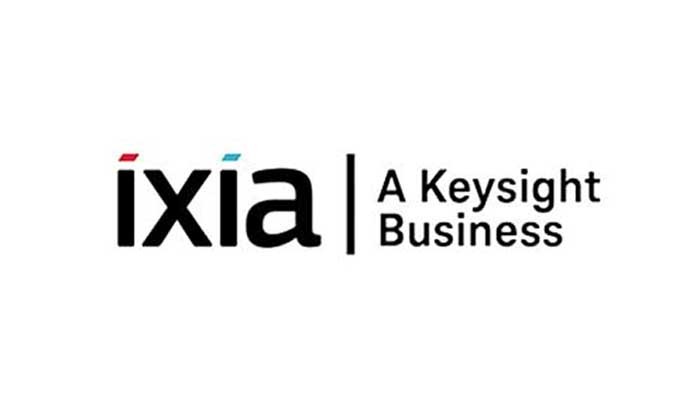Bangalore, April 15, 2019 – Keysight Technologies, a leading technology company that helps enterprises, service providers and governments accelerate innovation to connect and secure the world, today announced that Ixia, a Keysight Business, has released its third annual Security Report. The 2019 report analyzes the biggest security findings over the past year from Ixia’s Application and Threat Intelligence (ATI) Research Center and highlights risks originating from historic unpatched vulnerabilities as well as from growing network and application complexity.
The report draws on Ixia’s in-depth experience in network security testing, and the company’s focus on network and cloud visibility. An elite, globally distributed team of dedicated cybersecurity professionals staffs the Ixia ATI Research Center and continually monitors and analyzes the ever-evolving indicators which could threaten the security of enterprise IT networks. Inputs to the research process come from multiple sources, including Ixia honeypots which actively look for threats in the wild, independent research by the team that conducts tests and reverse engineers exploits to determine how they work international exploit databases, the Dark Web, scans of security news alerts and crowdsourcing, and social media and partner feeds.
“Compromised enterprise networks from unpatched vulnerabilities and bad security hygiene continued to be fertile ground for hackers in 2018. Misconfigured security and access policies were also a major source of data breaches in 2018,” said Steve McGregory, senior director, Ixia Application and Threat Intelligence, Keysight Technologies. “Network and application complexity pose serious security threats and create new vulnerabilities every day. Hackers continue to leverage the complexity as well as existing vulnerabilities and misconfigurations to their advantage. It has never been more important for organizations to take a proactive approach to identify and mitigate such flaws as thoroughly as possible.”
Key findings from the 2019 Security Report include:
- Software security flaws caused the majority of product vulnerabilities: Ixia observed more new devices joining networks than ever before, but also more devices designed and deployed without proper measures to stop or even limit threats. Well-understood SQL injections and cross-site scripting vulnerabilities were used by bad actors to target web applications. Code sharing posed a risk despite efforts by the open source community to standardize controls and measures in web development. Code fragmentation makes it difficult to address this widespread problem.
- Humans are the weakest link: In 2018, Ixia detected 662,618 phishing pages in the wild, and 8,546,295 pages hosting or infected by malware – so a successful attack on an organization’s infrastructure requires only a single errant click on an email or link. A well-crafted and well-timed phishing attempt can encourage even tech-savvy users to click on compromised links. Successful defense depends on a combination of proactively educating users, blocking phishing attacks and malware that cross the network edge, and detecting and blocking lateral movement in a network.
- Cyber hygiene is at an all-time low: IT vendors created code or configurations that led to many successful security breaches in 2018, but IT operations and security personnel also shared the blame. Well-known attacks and attack vectors remained successful because security personnel did not address vulnerabilities, either due to lack of knowledge of the latest patches or challenges in deploying them in a timely manner.
- Security vulnerability disclosures are a double-edged sword: Both hackers and security vendors benefit when vulnerabilities are announced in the open, particularly zero-day exploits. Mirai, Drupalgeddon and the D-Link DSL-2750B remote code execution vulnerability are examples where hackers were able to move faster than vendors and IT teams.
- Crypto-jacking activity continues to grow: This threat reached new peaks in 2018, with hackers combining multiple classic attacks to deliver nearly autonomous malware. Ixia honeypots captured several new exploits that run an EternalBlue scan, and when successful, deposit a cryptominer on the network.
Security Watchlist for 2019
Based upon Ixia-collected data and historical activity, the Ixia ATI team predicts the following six trends for 2019:
Abuse of low-value endpoints will escalate
- Brute-force attacks on public-facing systems and resources will increase
- Cloud architectures will create complexity that increases attack surfaces
- Phishing will continue to evolve
- Multiphase attacks that use lateral movement and internal traffic will increase
- Crypto mining/cryptojacking attacks will increase
To download a complimentary copy of the 2019 Security Report from Ixia, a Keysight Business, visit: https://about.keysight.com/en/newsroom/pr/2019/15apr-nr19059-ixia-security-report-2019.pdf.
More information is available at www.keysight.com.


















